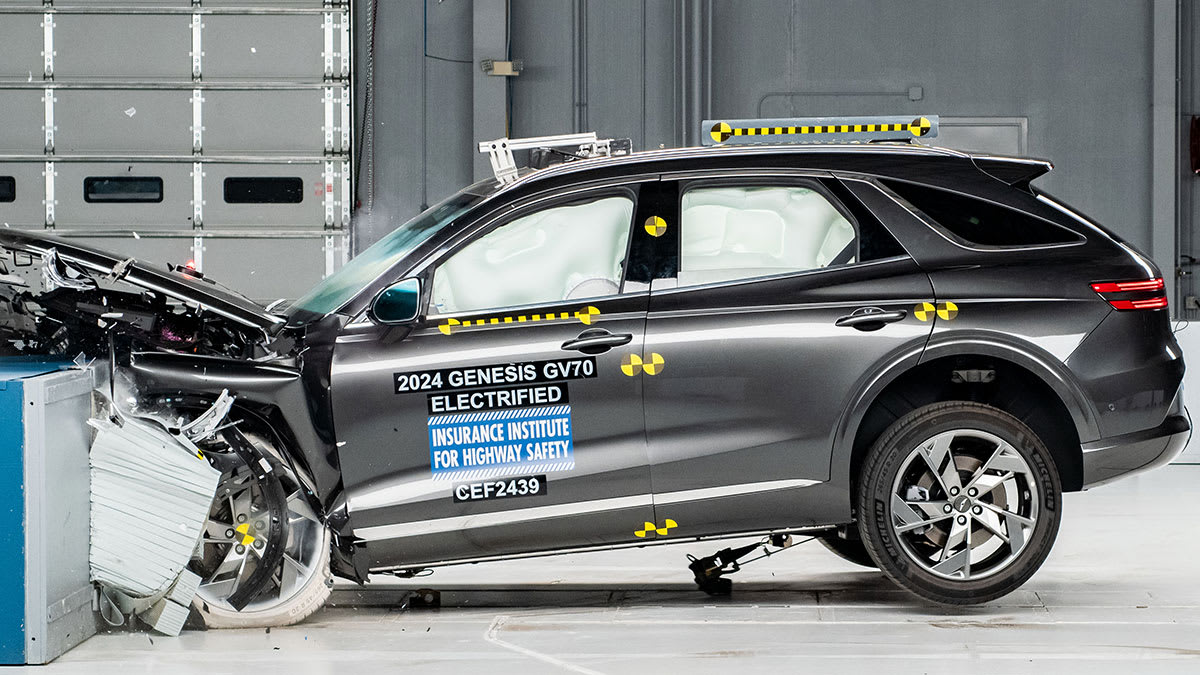“There’s still progress to be made in the protection that vehicles provide for their occupants, as the introduction of the updated moderate overlap test shows,” Harkey said in a statement. “But many of the biggest gains of the future will come from automakers and policymakers, along with all of us as car buyers and drivers, taking steps to protect everyone on the road, not just our own families.”
As always, vehicles must protect occupants in driver- and passenger-side small-overlap front crash tests. These tests mimic a crash with a tree, a telephone pole, or the front corner of an oncoming car. Vehicles must also have high-performing headlights across trim lines.
The IIHS says it will continue to announce award winners as it completes testing, and that more vehicles will likely be added to both the Top Safety Pick and Top Safety Pick+ lists as automakers implement changes to improve their performance in the updated moderate overlap crash test.
Adapting these coveted ratings to include tests and technologies that reflect where and how people are killed and injured makes vehicles safer over time, says Jennifer Stockburger, director of operations at Consumer Reports’ Auto Test Center. “Each iteration means the next step in identifying cars that provide the highest levels of safety, a key element for consumers when choosing a vehicle for themselves and their families,” she says. That’s true for those both in and out of the vehicle.
Rear-seat safety is especially important, says Emily A. Thomas, PhD, auto safety manager at Consumer Reports. But safety advances for front passengers have outpaced those for the back seat. “Consumer Reports has been rewarding manufacturers for including advanced safety technology in the rear seat since 2021, and the IIHS ratings are evaluating the implementation of these safety systems,” she says. “Together, both programs are pushing safety forward for back-seat passengers.”
Source link
